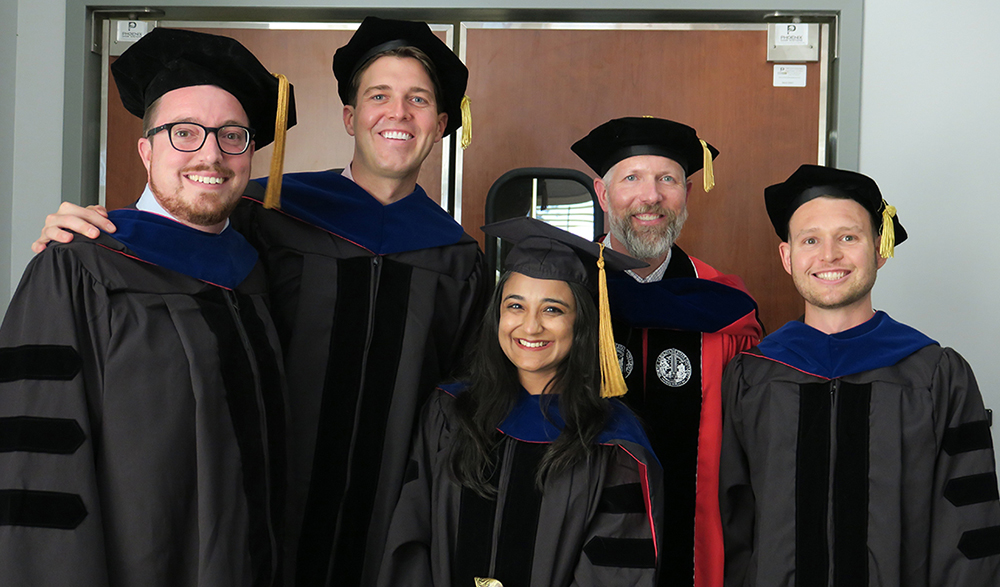How COVID-19 May Affect Nonprofits (And What They Can Do About It)

Editor’s Note: This is a guest post by Xintong Chen, a Ph.D. student in NC State’s Department of Public Administration.
The poor and the elderly are among those being hit the hardest by the COVID-19 epidemic. And the nonprofit organizations that meet the needs of these vulnerable populations are facing historic challenges of their own. But there are things nonprofits can do to weather this storm while still meeting the needs of the people they serve.
As a public administration researcher, my work focuses on how nonprofit organizations are impacted by disasters and what factors influence how quickly these organizations recover – if they recover at all. While the COVID-19 pandemic is unlike anything in recent history, my work does offer insights into how nonprofits can make themselves more resilient as they grapple with this crisis.
How To Respond
Be prepared to be financially impacted. The financial health of nonprofit organizations will probably be significantly impacted by COVID-19. In prior research looking at how nonprofits fared after Hurricanes Sandy and Katrina, I found that there is a high risk of financial distress after an external shock, regardless of the sub-sector and previous financial health status of a nonprofit. Specifically, I found that total expenditures by nonprofit organizations declined by more than 10% in the year after a disaster when compared to the year before the disaster. In addition, I found that the likelihood of a nonprofit organization experiencing financial distress after a disaster is associated with organizational characteristics that are largely beyond their control – such as total revenue and number of staff.
Be attentive to the needs of staff. Nonprofit staff may be personally impacted by disasters, and loss of staff may leave nonprofits grappling with even lower capacity to operate and provide services. Employees and volunteers (as well as their family members) can be victims of COVID-19. Their risk of exposure to COVID-19 may even increase if the organization is facing new challenges or a shift in mission. Additionally, nonprofit staff may be grappling with stress, anxiety or mental health challenges related to the pandemic and the resulting economic crisis. Nonprofits should consider how to help their staff as they provide much-needed services to their communities. A nonprofit cannot run without good people.
Be aware that client demands may grow, and needs may shift. While financial resources may be dwindling, demand for a nonprofit organization’s services may ramp up during and after a disaster. Previous research on Hurricane Katrina showed that nonprofits working on health, hunger and housing often had more clients seeking assistance after the hurricane. There are limits to what a nonprofit can do, but the research suggested that nonprofits could make use of financial reserves and other available resources to address these additional needs – and may also want to seek supplemental donations to offset the expense of extra service demands.
The types of services people need may also change as a result of a disaster. One of my previous studies about the impacts of Hurricane Florence on nonprofits found that the needs of some human service nonprofits changed from improving their clients’ health or quality of life to simply helping them survive. COVID-19 may spur the same sort of shift.
In short, nonprofits may want to reassess the needs of their target population and shift their attention to meet any emerging needs.
How To Bounce Back
My previous research found that the financial health of nonprofits impacted by Hurricane Katrina suffered for eight years. Specifically, the measures we use to assess financial performance were all at least 10% below pre-hurricane levels for eight years. Given the scope of our current crisis, it seems likely that nonprofit organizations affected by COVID-19 may need years to recover. Here are some tips on what nonprofits can do to expedite their recovery once the crisis has passed.
Strategically choose your partners. People love connections, and often turn for help to local nonprofits they have connected to in the past. However, donations and volunteers are more likely to flow into large national nonprofits that have a stronger reputation with the public. Therefore, local nonprofits that need funding and volunteers may want to consider collaborating with large national nonprofits.
Rely on grassroots teams. The grassroots team can see things that cannot be seen by upper management. I once interviewed the CEO of a nonprofit health organization about what he learned from Hurricane Florence. The CEO said “The grassroots teams are the ones that see things that I may not see. We know we would use flashlights when the power goes out, but we wouldn’t know we ran out of batteries unless the grassroots team tells us.” Nonprofits may want to include staff from grassroots teams in planning and management meetings.
Experts are around you. My previous research on Hurricane Florence showed that staff who have knowledge or experience in disaster response can be extremely helpful to a nonprofit organization. Your nonprofit may already have staff who have professional knowledge and experience in disaster response. If so, you’ll likely find that they are excellent consultants.
Learn from your experiences. Learning from the past – including learning from your own past – can often yield solutions to a new problem. Nonprofits may want to consider documenting the lessons they are learning from COVID-19 so that those lessons can be used for the next disaster.
It is hard to recover without external help. Here are some things to consider if you would like to support a nonprofit organization.
This post was originally published in NC State News.
- Categories:


